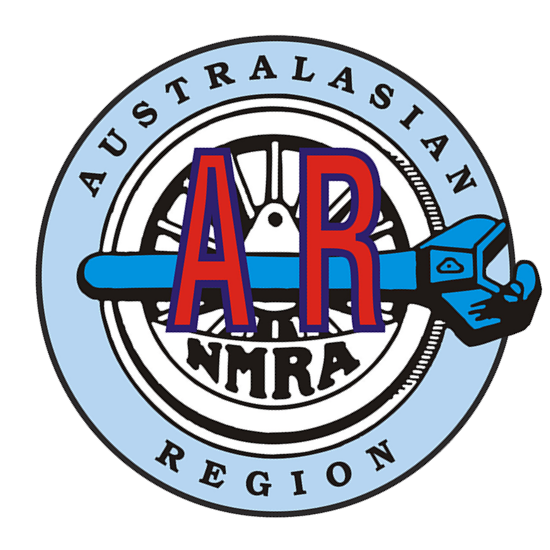PROBLEMS ENCOUNTERED WITH BRASS LOCO TENDERS
ELECTRICAL PICK-UP ON BRASS STEAM LOCOMOTIVES WITH DCC DECODERS FITTED – TENDER PROBLEMS. By Laurie Mclean MMR I would like to share some interesting information I have found in fitting Soundtraxx Tsunami Sound Decoders to my HOn3 Brass locomotives. In particular, this article deals with the locomotive tender and its electrical pick-ups. I use a white dot … Read more
